Swords of Divinity Review
Pros: Plenty of features, more original mini-games, fairly decent artwork
Cons: Gameplay is grindy and boring, storyline is weak, most of the features essentially do the same thing, lag/delays loading up images in new areas
Gameplay: 5
Graphics: 7
Performance: 7
We took some time recently to look at R2Games’ newest free to play browser MMORPG Swords of Divinity, available to play through Facebook, where players work towards building up a team of Mercenaries and battling through various PVP and PVE focused features, levelling up their team, equipping them with gear, and ultimately trying to raise your Combat Power to take on even greater challenges. It is, through and through, the same as the majority of Asian browser MMORPGs that we’ve played before and practically just a reskin of everything R2Games has previously published.
The game has a decent enough art style, similar to all its predecessors, with nice graphics that are let down in places by some dodgy animations, but overall a fairly decent looking game. It has the same staples we’ve come to expect; a combat “score” to show how strong your team is (in this case it’s called your Combat Power), Stamina that is used when challenging certain features that refreshes slowly over time or requires players to pay real cash for refreshes, a myriad of systems that all work towards increasing your character but are rarely anything other than clicking an upgrade button, and the automated combat.
We could choose from four different classes, Mage, Knight, Priest and Archer, as either a male or female, but the game lacks any personalization beyond a pre-gen name that you can roll for; with no details on any of the classes we just chose a Mage because we like them. Combat with one class over the other really doesn’t play any differently; either your character automatically moves forward to attack an enemy as a melee class, or they automatically attack from range with a spell or attack. Strategically your choice does have a greater impact as your main character will always be part of your combat group, so the Mercenaries you hire will essentially revolve around that character first and foremost, supporting it and making up for its weaknesses in certain areas.
The customization options are numerous, and so we could see the various areas where the team management aspects (realistically the only gameplay element of Swords of Divinity) actually came into play. Choosing the class of your hero, recruiting different Mercenaries (though your options are extremely limited early on), then choosing what gear to equip them with, which gems to socket into gear that provide boosts to different stats, which formation to use with different formations providing different benefits. There’s a lot of options to team build, but the actual levelling up of Mercs is extremely tedious and generally revolves around acquiring the same items and currency by the truck load and just clicking “Upgrade”/”Boost”/”Enhance” or whatever the name for each individual system is that essentially all have a fairly similar result.
Combat early on, at least in PVE, was a trail of steamrolled encounters where we smashed everything in one or two shots; the act of getting into the battle took longer than the battles themselves. No involvement from the player, and these battles taking up so much time, is extremely dull and for the vast majority of the game, with auto-pathing elements included, we felt more like a spectator than a player. PVP was practically the same as PVE in that it was automated, only you went up against another player’s team (they didn’t have to be there, you could challenge them and just fight their pre-built team). Seemingly even fighting those players who were around our rank was way too tough as we were getting one shotted because we hadn’t spent a ridiculous amount of hours upgrading every aspect of our characters.
The story was the only element that tried to keep us engaged, but the story-arc was weak and way too familiar to the same “attacks from legions of the abyss requiring divine intervention” we see in the majority of R2 Games’ titles. Poor translations and endless streams of being sent from one NPC to the next were occasionally interspersed with battles that we had no involvement in but were a break from seeing the same screen and walking around the same area for over two hours. The story was weak, but the infringement on copyright such as a five headed dragon boss called Tiamat (straight out of Wizards of the Coast/ Neverwinter), some dubious names and themes that felt very World of Warcraft related, and a “Skeleton King” who looked the same as the graphic for Leoric, The Skeleton King, from Diablo 3) really did not do the game any favours.
One of the more original elements to the game were the minigames, still using similar systems such a “Prayer” to get benefits from the gods, instead we entered a minigame where we could move a jug left and right with the mouse or keys and try to catch falling rewards. The idea was novel enough, but the controls were pretty bad and not particularly well executed.
These types of MMORPG aren’t really this reporters taste, but from an objective point of view and looking beyond the various common features that we personally don’t like, the game just brings absolutely nothing new to the table when it comes to gameplay, features (with most even having the same names), painfully similar rehashed storyline and just an endless point and click to auto navigate and auto fight through the content. There are a lot of features, and a lot of customization, and for a first timer never having played these games or R2 Games’ catalogue, then they might get something out of it if they enjoy this genre; for regular fans it just offers a lot more of what they’ve already played.
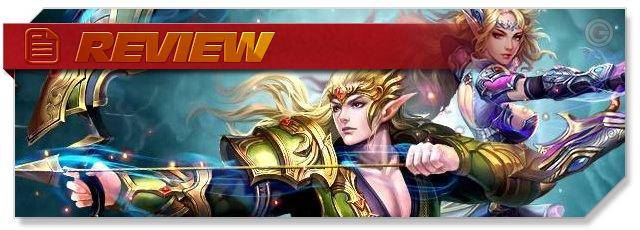
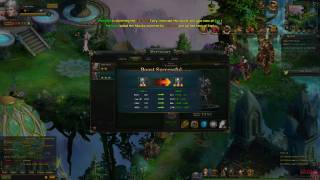
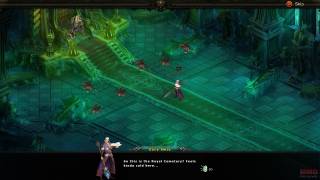
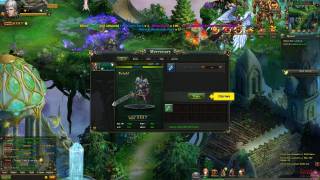
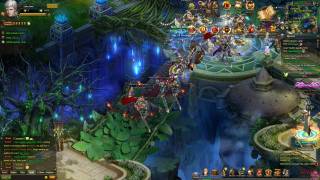
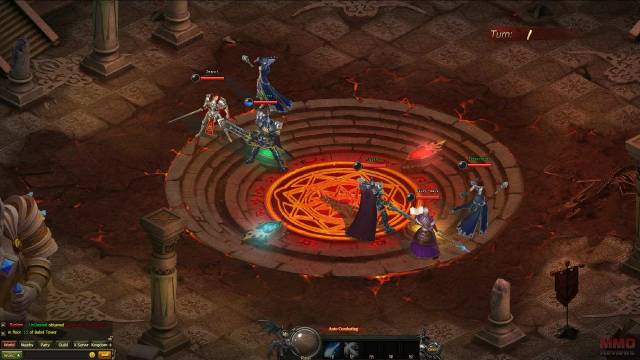
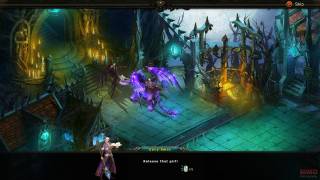
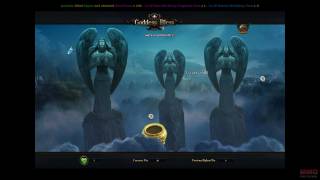
Deja tu comentario
You must be logged in to post a comment.